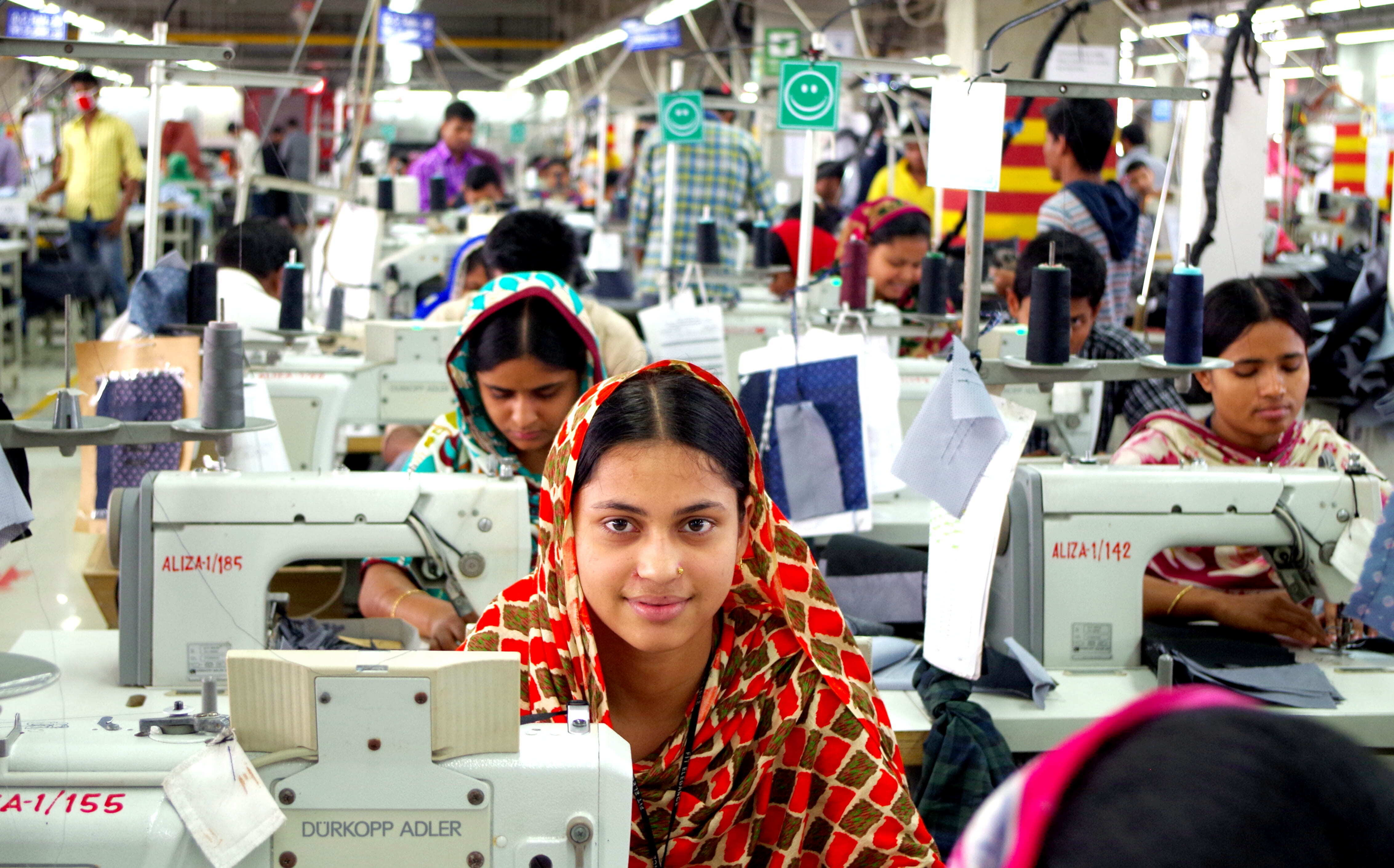Can fashion face the threat of plastic?
World's plastic production in 2018 reached the amount of 359 millions tons. China is both the main producer and the main consumer of the material: in fact, in the same year, it was measured to be accountable for 30% of its production, and for the output of 60.4215 million tons of plastic products.
The immediate consequence of such volumes is that the plastic waste output in China is as high as 80 millions tons, with a recycling rate of the 20% only. This means that an amount between the 45 and the 55% of plastic products becomes waste, and only the 5% of those is recovered or recycled.
According to the latest data from Eurostat, an agency that collects and elaborates data from the EU countries, an average european citizen generates 174 kg of packaging waste.
The European system manages to recycle a great share of it, somewhere around 150 kg: numbers sound positive, but there is another way to look at it.
During the decade (2008-2018) analyzed by the report, recycling rates were not the only thing growing: packaging waste hit 77.7 million tonnes, and 19% of it is plastic.
“In 10 years plastic packaging material reached a total of 14.8 million tonnes.”
Things go much worse in the USA, where according to EPA (Environmental Protection Agency), in the same year - 2018 - 39.9 million tons of plastic waste were generated, and the vast majority (81.4%) ended up landfilled, with only 5.2% of it recycled.
What’s more, packaging represents the main part of the garbage that gets in the official waste management system from urban and commercial activity. This means that there is even more of it.
This is why recycling cannot be the focus point of any sustainability strategy. We produce too much plastic materials:
“The target has to be to eliminate the abuse of plastic.”
And eliminate plastic is, in fact, the main theme of the panel Between Conscious is going to hold during the next event organized by Zero Waste Shanghai, on June, Saturday 5th to celebrate Oceans Day.
Protecting the environment, and specifically the ocean, means to target the waste that gets outside proper management. One of the main polluting sources is, in fact, the plastic from packaging waste getting into rivers and sewers moved by weather events, because of uncivil behavior from citizens or because of illegal behavior from companies.
Thanks to its strength and uniqueness, the fashion industry can help to raise awareness. While other markets adapt to consumers’ behavior and fulfill their demand, designers have the power to be trendsetter and determine what people will look for.
This is why the fashion industry also holds a big responsibility in spreading positive habit and setting a good standard of consciousness.
“What is the best practice for a big brand in the fashion industry to “ELIMINATE PLASTIC”?”
Let’s investigate and inspire through case studies and the live voice of young entrepeneurs who are rewriting the rules of the game.



















